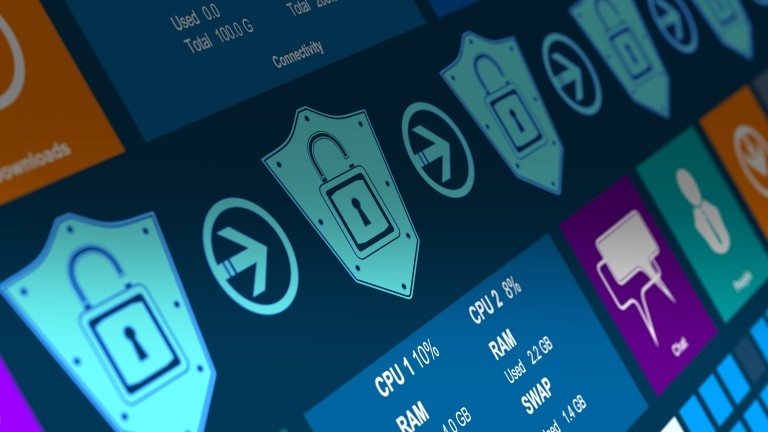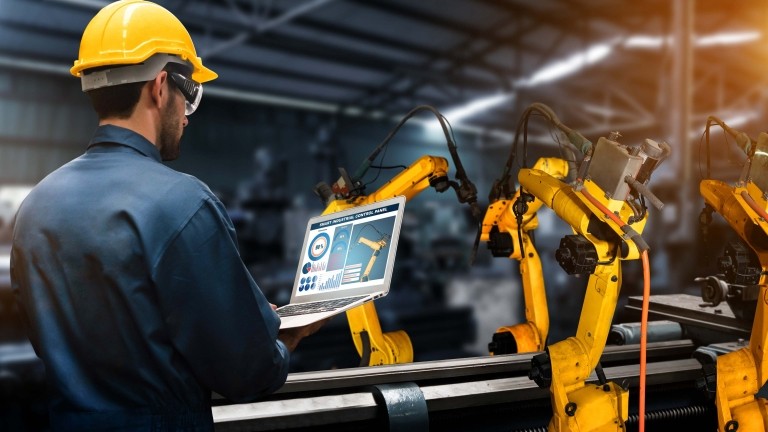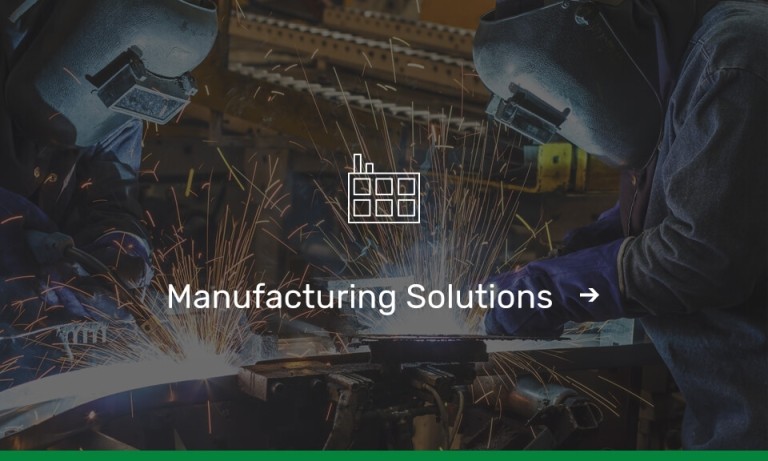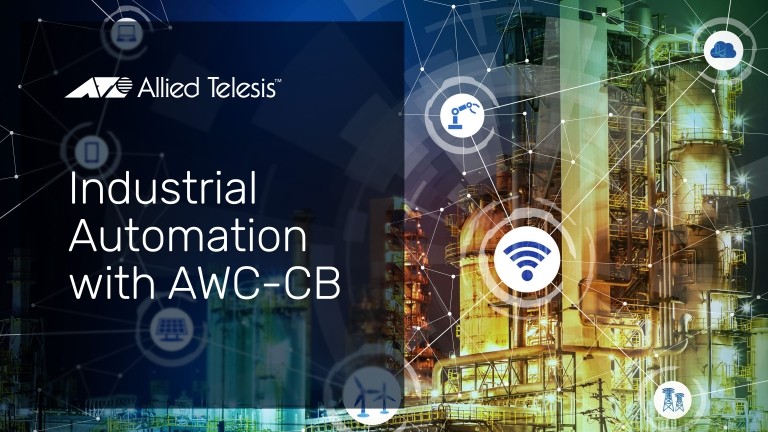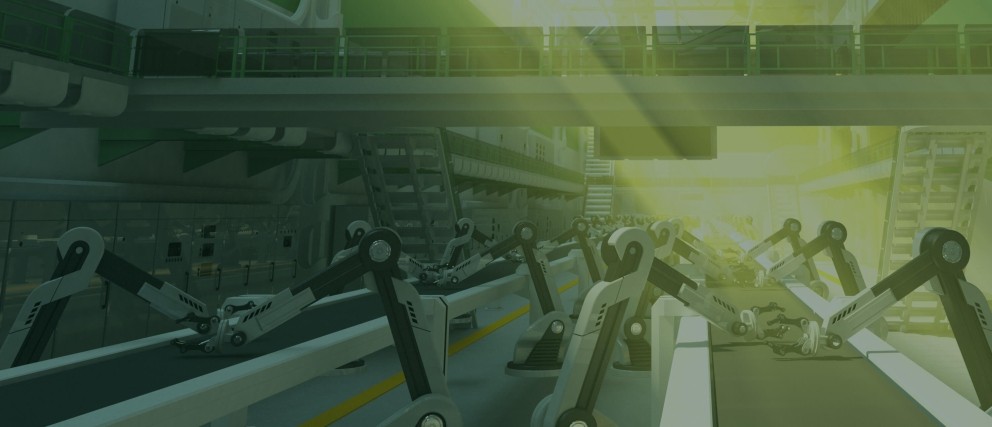
A Quick Guide to Industrial Ethernet
What is Industrial Ethernet?
Industrial Ethernet refers to specially designed networking devices, usually switches, media converters and wireless access points, for use in harsh environments outside of usual IT conditions.
Ethernet is the standard protocol for transmitting data across networks and the Internet. It breaks the data into small chunks and uses a “best-effort” delivery method which means sometimes, data chunks are delivered out of sequence or even lost altogether. If a loss occurs, then the protocol will resend the chunks so the entire message can be reassembled.
A harsh environment is anything outside the controlled environment typical in enterprise office networks that use dedicated rooms with controlled temperatures, humidity, and dust. Harsh environments can be found in places like factories, warehouses, onboard vehicles, and outdoor areas that are exposed to the weather.
Some critical applications require highly reliable and accurate data delivery, which led to the creation of Industrial Ethernet (IE). It uses additional protocols to guarantee that data is delivered on time, in the correct sequence, and without loss. IE networking hardware is also differently designed because it must survive excessive temperatures and harsh environments containing dust, moisture, vibration, and electrical interference.
What are the characteristics of Industrial Ethernet devices?
There are many types of IE devices, but they share some common features:
- Reliability and performance that is suitable for heavy-duty environments. Their level of hardening is compatible with harsh environmental conditions, such as electromagnetic noise, temperature, humidity and vibrations.
- Support of automation and control protocols to enable integration with existing OT-related management tools. The IE switching node looks like a device to the Programmable Logic Controller (PLC) and Supervisory Control and Data Acquisition (SCADA), so they can retrieve diagnostic information and execute the appropriate actions.
- DC input power, since DC is the most common power source in industrial applications.
- Fanless design that minimizes dust and moisture ingress problems, ensuring long-term reliability.
- Installation on DIN rails for faster and easier mounting on the body of the enclosure and helping to conserve space in electrical panels.
There are also some features required by specific markets, such as conformal coatings for chemical or marine applications, explosion resistance for usage inside mines, and tolerance to vibration for vehicular solutions.
What is Conformal Coating?
Conformal coating is a protective chemical coating or polymer film that ‘conforms’ to the circuit board topology. Its purpose is to protect electronic circuits from harsh environments containing moisture, chemical contaminants, temperature and vibration. Typical applications for conformal coatings include high-reliability defense, aerospace and marine.
By being electrically insulating, the coating maintains long-term surface insulation resistance (SIR) levels and thus ensures the operational integrity of the assembly. It also provides a barrier to air-borne contaminants from the operating environment, such as salt spray, thus preventing corrosion. This protective quality can enhance product reliability and reduce the potential cost and disruption of early field failures.
Why would I use Industrial Ethernet?
Critical applications use IE because standard Ethernet is not reliable enough to deliver data accurately, or the environmental conditions are too harsh for regular business-grade networking equipment.
Some typical applications for Industrial Ethernet include:
Manufacturing and Logistics
Production lines have used computer-controlled equipment for many years. The introduction of the Internet of Things (IoT) has created the ability to instrument manufacturing equipment and capture large amounts of real-time data. However, taking advantage of this opportunity requires a robust operational technology (OT) network to transport that data from the factory floor to the data center’s IT network. In turn, this requires integration with the existing control equipment (programmable logic controllers or PLCs). So, the OT network must tolerate the harsh environment of the factory floor, it must understand the native language of the PLCs, and it must deliver time-sensitive data accurately.
Outdoor applications
Physical security solutions often utilize network devices in outdoor applications, such as video cameras, security gates, ID badge readers, motion sensors, outdoor lighting, etc. Since many of these devices require power, it’s common to use the network to deliver Power over Ethernet (PoE), as this simplifies wiring and makes it easier to control the device. Since the network is deployed outdoors and may not be temperature-controlled, specialized equipment is required to operate reliably. Devices with extended temperature ratings and not forced-cooled (fanless) are ideal for outdoor applications where it may be dusty or humid.
Electricity substations
Electricity networks are often in remote areas, making them vulnerable to attack and expensive to maintain, so robust, reliable equipment and secure networking solutions are essential. Electrical substations pose specific challenges for networking devices due to the high levels of electromagnetic interference (EMI), which necessitates specially certified equipment. Additionally, fiber cables are preferred over copper as they are not susceptible to EMI, so network devices that support optical interfaces simplify installation.
Vehicles and trains
Sometimes the data you want to capture is generated within a moving vehicle, so network devices must tolerate severe vibration. International standards stipulate how much vibration a device should withstand to ensure reliable operation under extreme conditions. It is essential to select only certified products to ensure long-term reliability.
Why are automation and control protocols important?
The digital transformation of industry generates operational efficiency and flexibility and capitalizes on the benefits of sensor-rich connected devices. Integrating Industrial IoT and Industry 4.0 intelligence involves converging information technology (IT) and operational technology (OT) networks.
The components of a communication infrastructure have a twofold role in serving both IT and OT technologies. In power utility networks, such as an OT network, for example, switching nodes transport data between utility equipment and the control center for metering, remote monitoring and control of assets for fault detection and automated power restoration and situational awareness for preventing power supply disruption.
Industrial Control Systems (ICS) are command and control systems that support industrial processes. These systems are responsible for monitoring and controlling various processes and operations. Network switching nodes commonly support automation and control protocols (like MRP, MODBUS and PROFInet) because ICS integrates with all devices in the OT network, including the equipment in the communications infrastructure.
What Industrial Ethernet products are available?
Allied Telesis has a full range of Industrial Ethernet and ruggedized networking products to suit all the above applications.
- Our IE switches are fanless and hardened to operate in environments with extreme dust, humidity, heat and vibration. They are certified for use in electrically noisy environments with high electromagnetic immunity levels. The support of automation and control protocols such as PROFInet NRT/RT and Modbus/TCP allows seamless integration with Industrial Control Systems.
- Media converters are essential in most networks to enable easy connection of fiber and copper cables. Our devices are fanless and capable of surviving the extreme temperatures found in outdoor and uncontrolled environments.
- To complement both the switches and media converters, we have a range of small form-factor (SFP) optics designed for high-temperature operation.
Industrial Ethernet experts
It’s important to note that, unlike Ethernet, there is no single set of standards to define Industrial Ethernet. Each application has its own set of requirements and certifications that apply. Therefore, it is critical to understand your application’s specific requirements to select the best solution to meet your needs. Allied Telesis has been making networking solutions for over 30 years and is happy to share its expertise to ensure you get the best results.
Related
